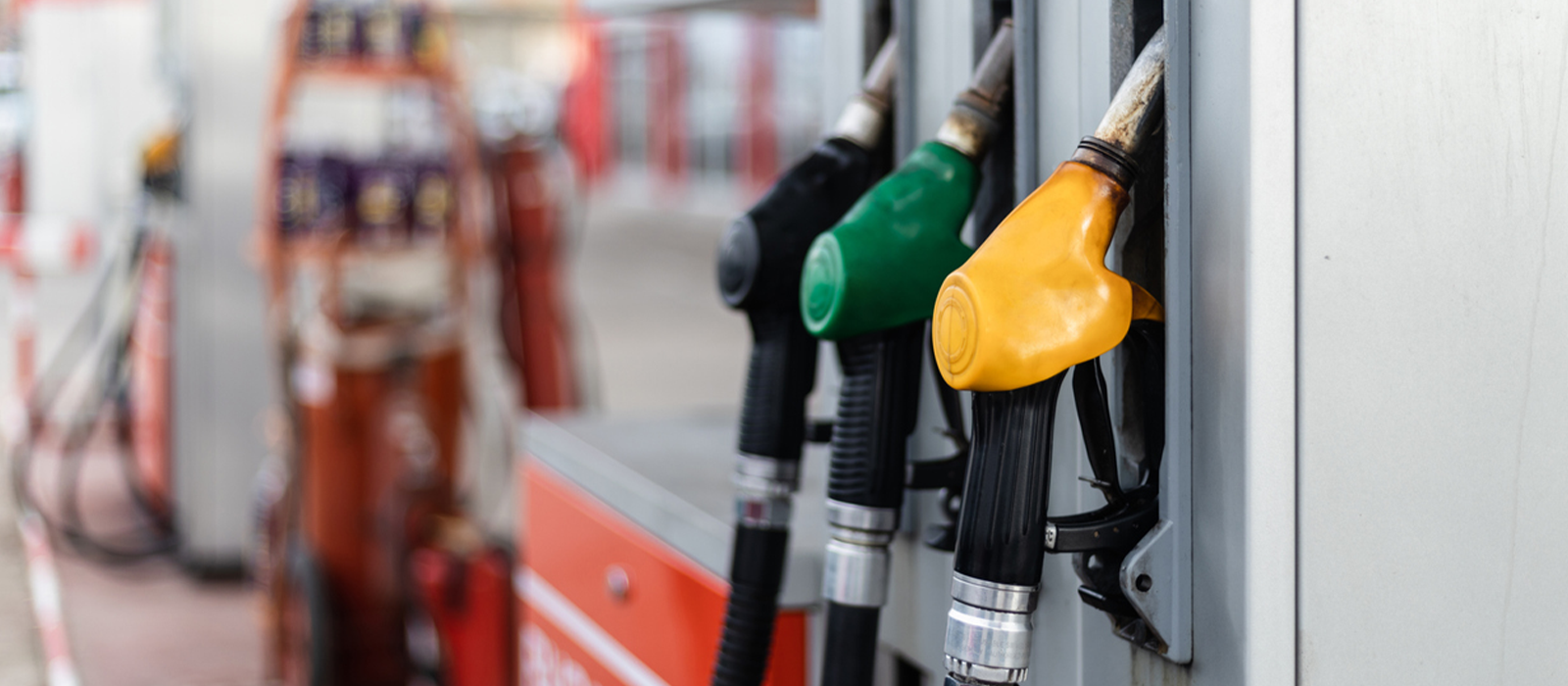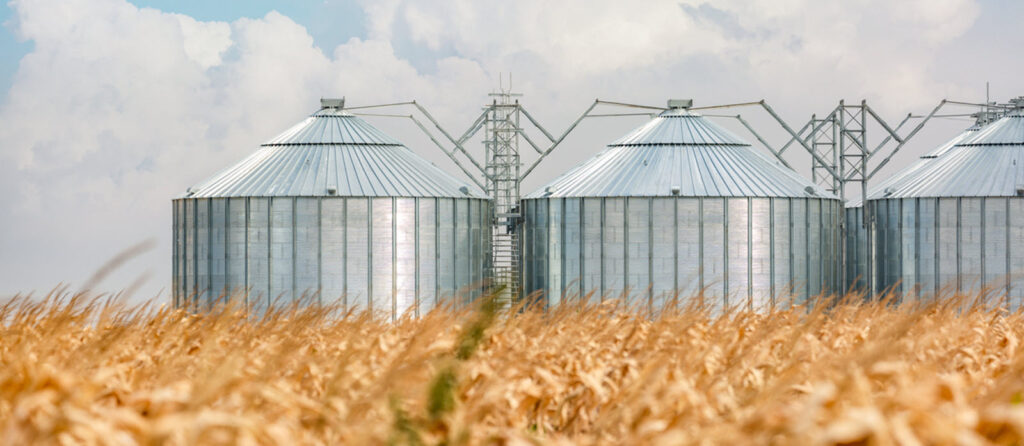
Commodity price chaos
April 2022
The war in Ukraine is disrupting supply lines of key global products, sending soaring inflation even higher and forcing central banks to revisit their interest rate policies.
Find out why rising commodity prices have big implications for the global economy and for currencies.
Commodities disrupted by the invasion
Official sanctions (or a refusal to buy) Russian exports, along with disrupted production in Ukraine has threatened the supply of a range of key commodities;
Oil
- Brent crude topped out at $139 a barrel on fears Russian supply would be cut off, before settling at a little over $100 a barrel. Russia is the second largest exporter of oil, accounting for nearly 11 million barrels a day, slightly less than Saudi Arabia. As the global economy reopens oil prices were rising anyway, but fears of reduced supply has contributed to an oil price 70% higher than a year ago.1
Fertiliser
- Russia accounts for 14% of global fertilizer exports, mainly produced using natural gas.
- Belarus, which has also been hit with sanctions, is a major producer of potash — another key fertiliser input. Together Russia and Belarus account for 40% of traded volume.
- Fertiliser is expected to rise 12% this year directly contributing to rising food prices.2
Grain
- Russia and Ukraine together supply more than a quarter of the world’s wheat. Following the invasion the price of wheat futures on the Chicago Board of Trade (CBOT) jumped 54% in eight days.3
Nickel and palladium
- Norilsk Nickel, with vast operations in Siberia, is the world’s largest producer of Nickel, a commodity that has become increasingly important in the manufacture of batteries for electric vehicles (EVs). Nickel prices were already shooting up based on demand from car companies transitioning to EVs but when Russia invaded Ukraine, traders driven by supply fears made a huge bet, buying the commodity on the expectation that prices would drop. This sent the price of nickel skyrocketing from $20,000 a tonne to $100,000 a tonne in a week and prompted the London Metal Exchange to halt trading.4 The price has settled back down now, but remains at elevated levels.
- Norilsk Nickel also produces palladium, a critical component of the catalytic converters in petrol-powered cars,5 which has also been impacted by western ports refusing to carry their cargo.6

Rising prices spook the bond market
Inflation has been effectively non-existent for decades thanks to the rise of technologies like computing and automation, the transfer of global manufacturing to low-cost jurisdictions and global shocks like the financial crisis and COVID-19 causing economic contraction.
In fact, central banks and governments have been more worried about deflation than inflation, which is why interest rates have been at historic lows for such a long time, and why economic stimulus packages had been issued by governments even before shock of the pandemic.
However, central banks’ concerns around inflation increased as the world emerged from the pandemic and pent-up consumer demand pushed up prices for goods. In addition, the environment of low rates, economic stimulus and supply chain issues added to inflationary pressures, with countries experiencing multi-decade highs including;
- 7.9% in USA – a 40-year high
- 5.1% in the Eurozone
- 6.2% in the UK – the fastest for 30 years
- 3.5% in Australia
Countries with less stable economies are being worse hit. Turkey, for example saw inflation spike at 54% as high energy prices and a failure to act on inflation caused the Turkish lira to fall, making imports more expensive.7
Fears of reduced supply have contributed to an oil price 70% higher than a year ago
–
Which means central banks have a problem. They need to raise interest rates to curb demand by making debt more expensive and encourage saving over spending.
Certainly, bond markets are anticipating rates to rise significantly to deal with the problem, making bigger bets on bond prices than they have in thirty years. Bonds and interest rates are negatively correlated, so as bonds are sold off and prices decline, interest rates on said bonds rise.
Central banks have a problem: Stagflation
In economics, stagflation is the ultimate bogeyman. Under normal conditions it shouldn’t exist, as the levers underpinning an economy — growth, employment and prices — should counterbalance each other out depending on whether the economy is speeding up or slowing down. Interest rate policy is how central banks maintain that balance.
But stagflation happens when the levers are pulling in the wrong direction.
Usually inflation happens when the economy is growing fast, there’s lots of work and strong consumer demand causes prices to rise. When growth stalls or falls and jobs decline, prices should also decline as consumers are less inclined to buy.
Stagflation is when output is stagnant or falling but prices remain high. For central banks it’s a nightmare scenario as the main lever they can pull to reduce inflation – higher interest rates – ends up compounding the pain of a slowing economy. Higher rates stop companies investing, creating unemployment and the extra debt payments of householders, on top of existing high prices, further reduces disposable income.
An environment of low rates, economic stimulus and supply chain issues are creating inflationary pressures, with countries experiencing multi-decade highs
–
The current US Federal Reserve board is keen to avoid inflation getting out of control, with Fed chair Jerome Powell telling markets in late March it would hike rates by 50 bps (half a percent) if needed. Bond markets are ahead of where the Federal Reserve is on interest rates, with the recent sell-off suggesting interest rates 2.3% higher than the Fed’s target.8
What that means, in short, is central banks globally are expected to turn their attention away from easy monetary conditions and instead act aggressively to stamp out inflation.
What this means for currencies
Those countries that move quickly to raise interest rates are likely to see currency appreciation, relative to those who keep rates low, or who raise more cautiously.
That is already the case with the Japanese yen, where the Bank of Japan is maintaining a stance of accommodative monetary policy. That has recently sent the yen to its lowest level relative to the US dollar since 2016.9
Stagflation is when output is stagnant or falling but prices remain high
–
Those countries with more robust, self-sufficient economies, such as the US with its shale oil reserves will be more able to raise interest rates in the face of higher inflation. The Eurozone, by comparison, is more dependent on energy imports and as a result will have to be cautious to not raise rates while energy costs sap their economy.
Commodity currencies can do well off the back of high energy prices. Australia, for instance, which has oil, natural gas and coal is the strongest Group of 10 performer in terms of currency since Russia’s invasion of Ukraine began four weeks ago.10
Emerging markets may not perform so well. As interest rates increase, investors may repatriate money back to safe havens with higher interest rates, such as the US, to enjoy higher returns in relative safety.
References
1. https://www.bbc.com/news/business-60936468?piano-modal
2. https://www.cnbc.com/2022/03/22/fertilizer-prices-are-at-record-highs-heres-what-that-means.html
5. https://www.nytimes.com/2022/02/22/business/russia-ukraine-stock-markets.html
6. https://www.barrons.com/news/russia-s-nornickel-hit-hard-amid-sanctions-owner-says-01647093608
8. https://www.reuters.com/business/inflation-or-growth-2022-03-22/
10. https://www.afr.com/markets/currencies/rallying-aussie-dollar-defies-war-turbulence-20220325-p5a7tz
Download the OFX Currency Outlook
Learn more in the latest edition of the OFX Currency Outlook. It’s been produced to help you navigate market movements today, and to understand what to watch out for in the coming months.